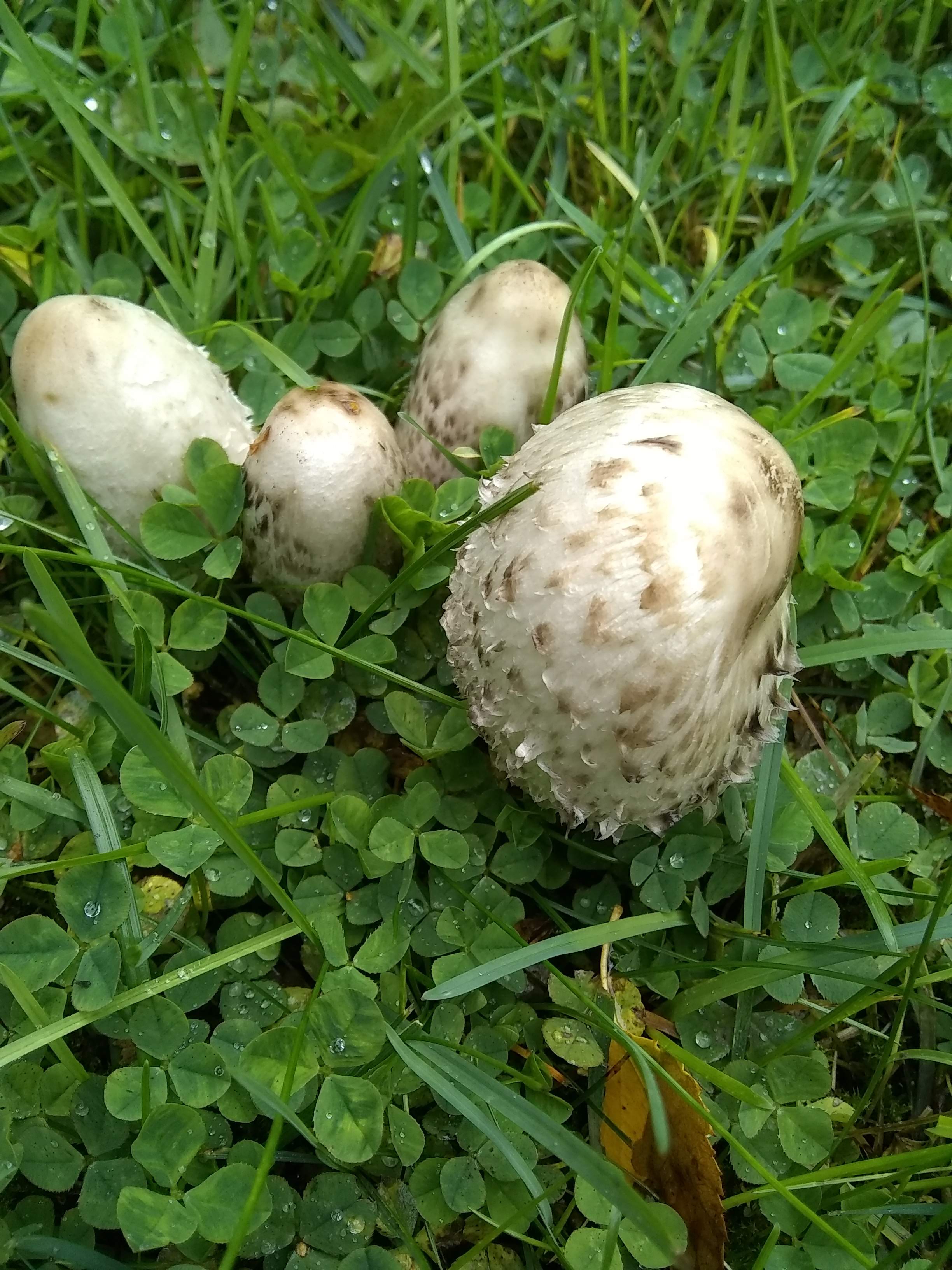Happy New Year! I hope you are well, safe, and that this year will be a fantastic year for you to feel better naturally, the Alaskan way.
A couple of weeks ago, I went over a bunch of different types of infusions. Under water infusions, I went over herbal infusions of decoctions, “teas”, and tisanes. This week I want to go over these differences more in depth and how they actually get the different medicinal properties of herbs out of the plants. Let’s dive right in!
Decoctions
I used to say that decoctions (I sometimes shorten it to decoct) were boiling the herb in the water. However, it is more complicated than that. There are several ways to do a decoction. You can put the plant in and bring the water to a simmer for 5-10 minutes. Another way is to get the water boiling and then bring it to a simmer and then add the herbs. It all depends on the herbs you are using. If you’re using herbs with aromatic properties, you’ll need to cover the pot, but generally those types of herbs are added after the decoct is made (see what herbs not to use in decocts below). When you are finished, you’ll filter out the plant matter and serve the decoct. You can store any left over in a glass jar in the refrigerator for no more than three days.
Parts used for decoctions
These are usually the tougher, woody parts of plants.
Barks
Roots
Root Bark (yes, some plants have root bark, which is different than the root)
Twigs
Seeds (including nuts)
Rhizomes
Herb preparation
Fresh: If you are using fresh parts, they need to be cut up very small. These should be thin slices if it is roots, shaved down small pieces for barks and woods, and slightly cut up diagonally if you’re using the whole herb.
Dried: When using dried herbs, it should be crushed up into powder of from powdery to coarse depending on the part. For the harder types like roots and barks, it should be a finer powder. The more soft parts can be a coarser powder.
The amounts: a good general rule is to use one oz (25-30 grams) dried herb to one pint (500ml) of water. If you are going to use fresh herbs, you’ll want to use three oz (75-90 grams) to one pint of water.
Herbs not to use in decocts
Resinous parts (i.e. balsam poplar buds)
Herbs with volatile oils i.e. Valerian and Peppermint – The heat will destroy the volatile oils.
Herbal Infusions
Herbal Infusions, can be made with hot or cold water. With the cold water, it is left in for a longer amount of time of six-twelve hours in a closed container. You can also make sun tea with cold water. The cold water infusion is best for aromatic plants. If using hot water, you’ll boil the water and cover the herbs with the hot water. The herbs can be put in a tea ball, a teapot with a mesh holder/filter. You can even use a coffee filter. It will steep for 10-15 minutes, covered, to get the full medicinal benefits. Unlike decoctions, teas must be drunk within 24 hours of making.
Parts used for infusions
Leaves
Flowers
Stems
Seeds
Herb preparation
Both fresh and dried herbs need to be cut up into small slices, or ground into powder. This makes it so that you get the most out of the medicinal properties. Some seeds only need slight bruising to get the volatile oils ready for the infusion.
The amounts: If you want to make larger quantities, you can make one oz to one pint of water. If you want to use less, use one part dried herb to one part of water. For fresh herbs, use 3 parts herb to one part water.
Herbs not to use in infusions
Roots
Herbal Tisane
When someone says “tea”, this way of preparation is what people often think about. It is very similar to an Herbal Infusion, but the steeping time is less. So to prepare an herbal tisane, use the above instructions but steep for five minutes or less.
I hope that clears up the difference in teas, infusions, and decoctions for you. Again, happy New Year and happy tea, infusion, and decoction making so that you can feel better naturally, the Alaskan way!



